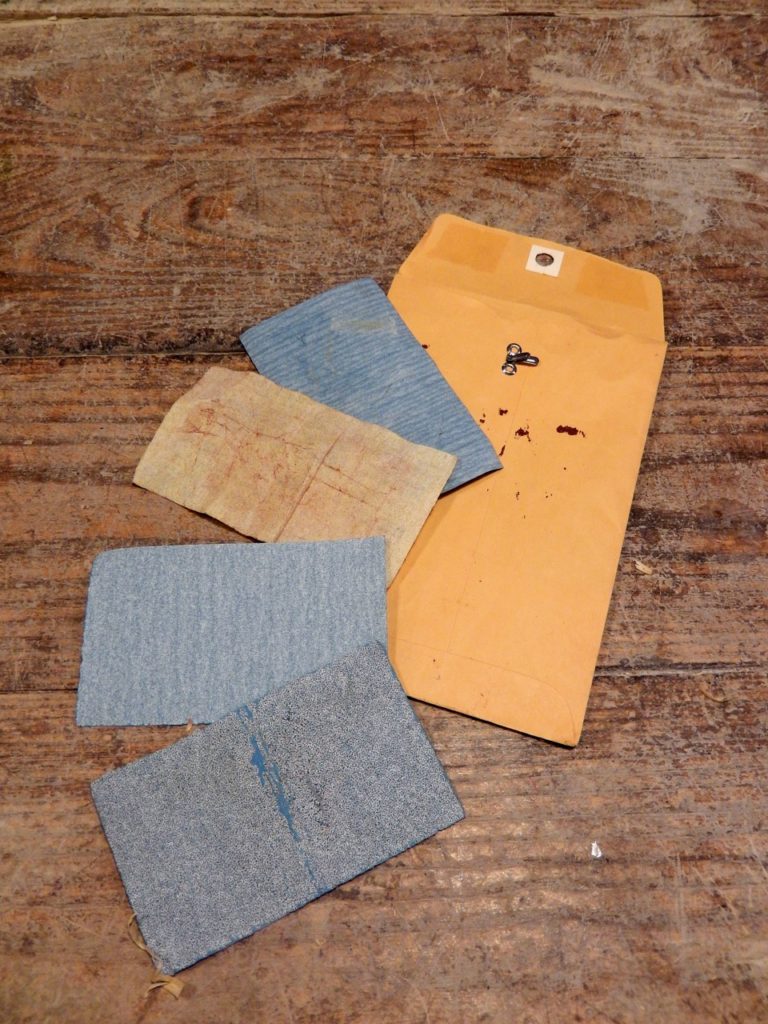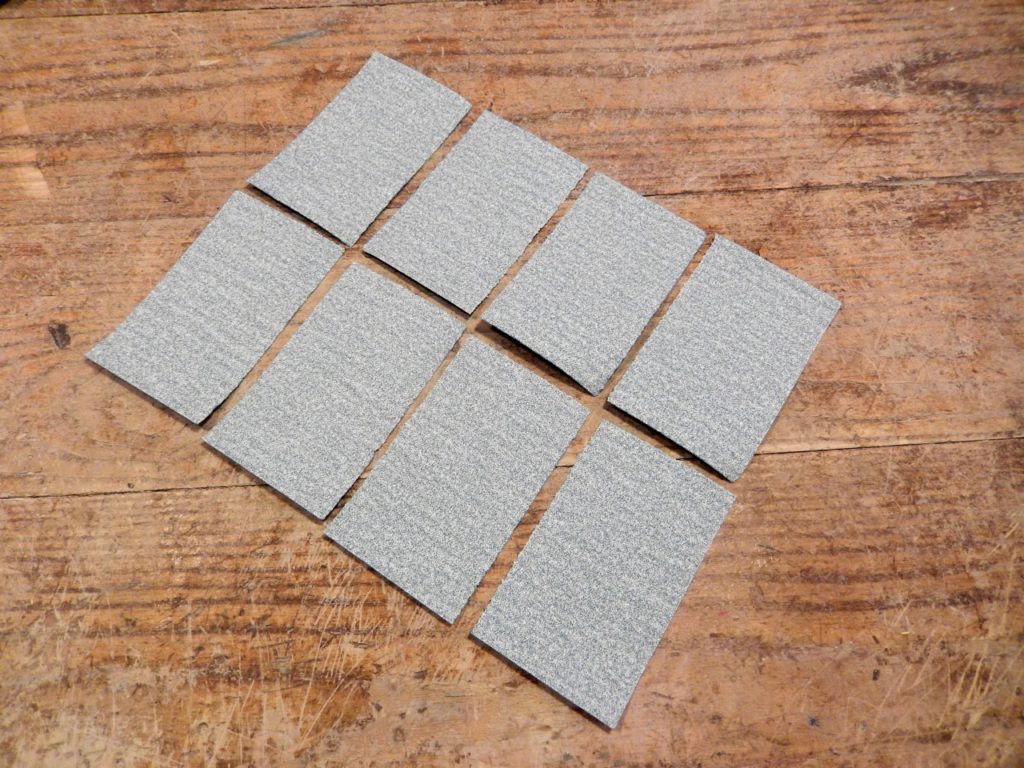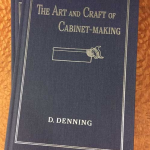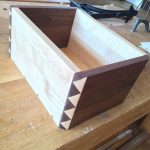We may receive a commission when you use our affiliate links. However, this does not impact our recommendations.

It seems that no other shop resource is treated with such obliviousness as sandpaper. Although sandpaper is responsible for the last steps of shaping much of our work, it doesn’t receive the same heed as hand tools, or even portable tools. And, for obvious reasons, it doesn’t have the same sex appeal as a hand tool. It is also disposable and cheap. Still, I tell my students: Although it may seem that sandpaper is a mundane inconsequential instrument, we still have to treat it with respect, and we have to make prudent use of it by avoiding wastefulness and trying to exhaust the use of each piece until it literally falls apart. While some of my students have been very respectful of the sandpaper that I give them, others have used it incorrectly, allowed it to erode too fast and have asked for replacement sheets too often. In the past, we did not have a system to control the wasteful use of sandpaper. In fact, we even allowed our students to cut their own portions from the standard sheets that were available on demand. And you have no idea how “creative” students can be when in need to cut sandpaper by hand or scissors. Where this practice can be fun for them it is definitely not fun for the sandpaper or our budget.

At the end of each day, they deposited their Rorschach-like segments into a big cardboard box that got fuller and fuller. At first, I tried to put a kibosh on sandpaper wastefulness by asking them to fish for sandpaper from the cardboard box. But the box, which became a bottomless pit, held hardly used segments, torn segments, and shrivels of paper with practically no sanding medium on them (which should have been trashed a long time ago) couldn’t be a reliable solution for the waste. So I came up with another idea which proved to be very successful: The personal sandpaper kit.

This is the sandpaper kit that I give to my students. Inside the manila envelope, we place four or five pieces of sandpaper of progressive grits: #80, #100 or #120, #150, #180 and 400
This is how it works. When my 4th-grade students reach the point in their project where they need sandpaper, I hand them a brown manila envelope and ask them to write their name on it. I give them four or five segments of sandpaper (#80 grit, #120 or #100 grit, #150 grit, #180 grit and #400 grit) that are exactly an eighth of a standard sheet size. They use the sandpaper and at the end of the class, they put it back in their envelope which we collect and put in the class projects box. At the next class, they reunite with their envelopes, which accompany them throughout the entire year and onto the 5th grade and onward. When a student thinks that they exhausted one of their sandpaper segments I am happy to hand them another one and ask them to discard the old one. By owning their sandpaper they learn an important lesson in life – responsibility. We, of course, benefit too – by reducing the amount of sandpaper we need to buy and saving good sandpaper that would have undoubtedly ended up in the landfill.

I cut a standard sheet of sandpaper into eight parts. I found out that an eighth of a sheet is a great size for most hand sanding jobs.

Next time, I will show the simple but very effective jig that I built to help me cut the sandpaper segments.
Here are some supplies and tools we find essential in our everyday work around the shop. We may receive a commission from sales referred by our links; however, we have carefully selected these products for their usefulness and quality.










I use a brush to unclog the paper after Im done.I also use a box with numbered dividers for my 5″ round orbital disc’s, for used and new ones.I have one of those plastic ,self adjuster sanding blocks for use with 3 x 21 inch sanding belts.Very good for a flat,hard control of the paper. It also has a pointed and round end on it. That comes in handy sometimes.Most people don’t give any thought to how much sand paper they use in a year , but it does add up if you build a lot .And yes , sand paper is the lowest thing on our tool list , but it does play such an important part in our finishing process.And like any tool, there is a world of support and jigs to explore.Great article , Thank you .
Great idea, can’t wait for the follow up and jig.